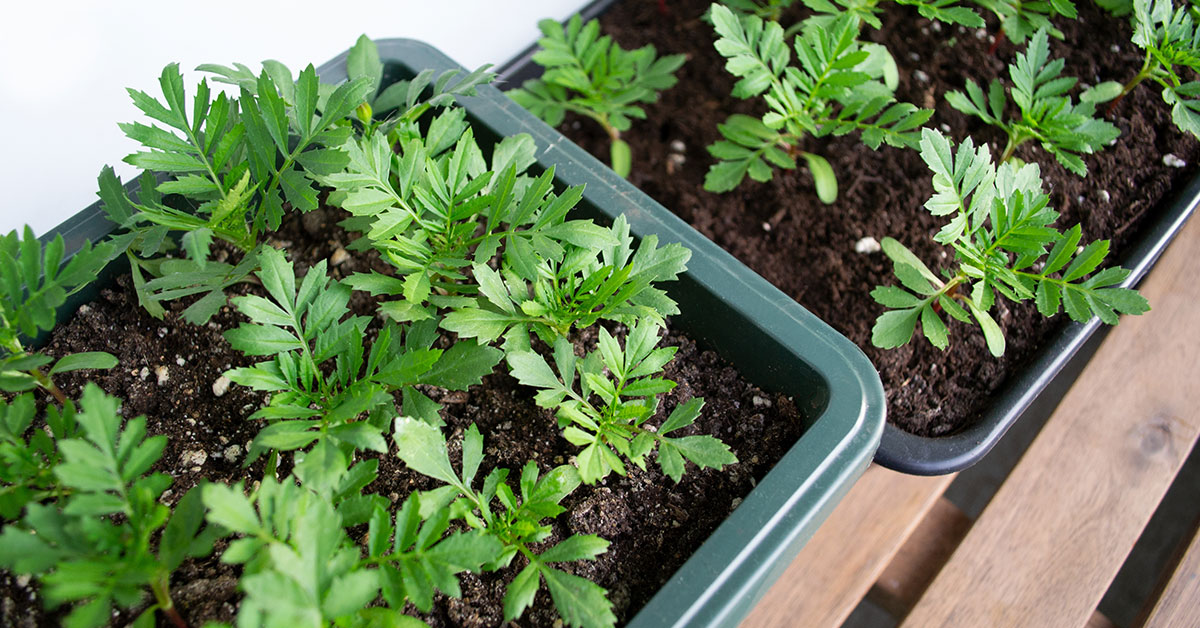Companion planting is a fantastic way to enhance your vegetable garden by pairing flowers with your veggies! Not only do these flowers add beauty and color, but they also offer numerous benefits such as attracting pollinators, repelling pests, and improving soil health. By carefully selecting the right flowers, you can create a harmonious garden that thrives with vibrant life.
In this article, I’m thrilled to share thirteen flowers that are perfect companions for your vegetable garden. These flowers are not only beautiful but also play vital roles in promoting the health and productivity of your vegetables. Let’s dive into the world of companion planting and discover these wonderful flowers that can transform your garden!
Marigolds
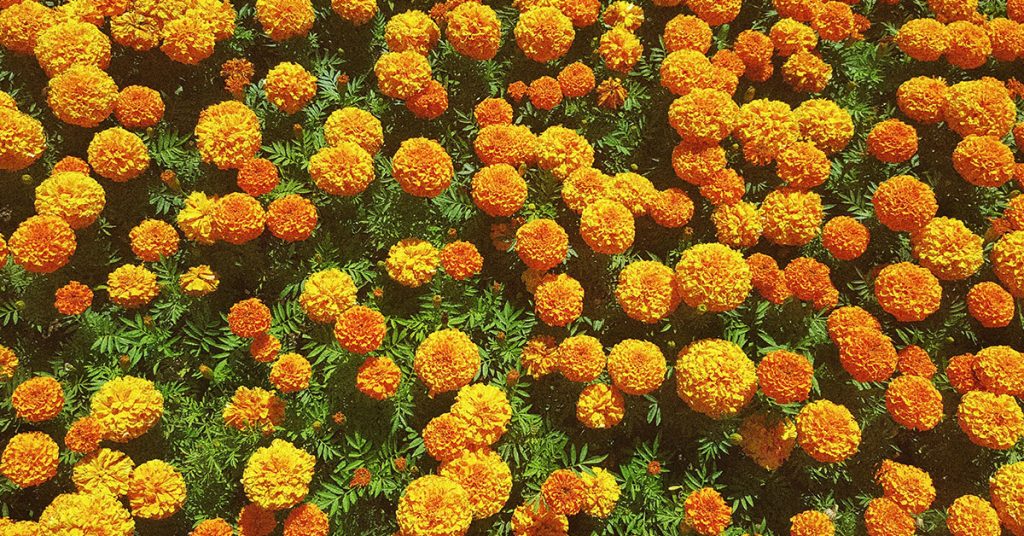
Marigolds are one of my favorite flowers to plant in the vegetable garden! Known for their bright, cheerful blooms, marigolds are excellent at repelling a variety of pests, including nematodes, aphids, and whiteflies. Their strong scent confuses and deters these insects, protecting your vegetables from damage.
Plant marigolds around the borders of your vegetable beds or intersperse them throughout your garden. They thrive in well-drained soil and full sun, making them easy to grow. Marigolds not only provide pest control but also attract beneficial insects like ladybugs and hoverflies, which prey on harmful pests. Plus, their vibrant colors add a delightful touch to your garden!
Nasturtiums
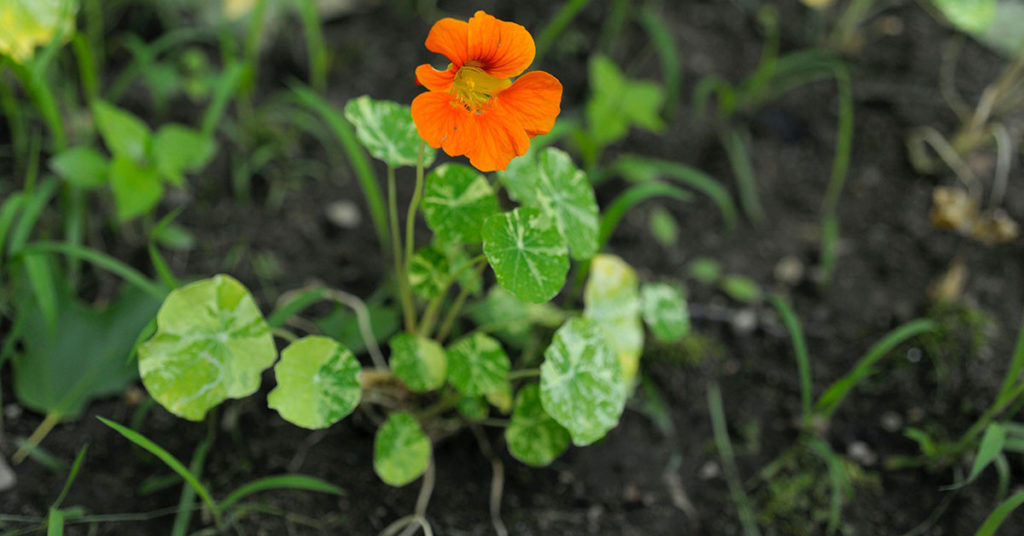
Nasturtiums are wonderful companion plants that bring a splash of color and a host of benefits to your vegetable garden. These trailing or climbing flowers are great at repelling aphids, whiteflies, and squash bugs. Additionally, nasturtiums attract predatory insects such as ladybugs, which help control pest populations.
Nasturtiums are easy to grow and prefer well-drained soil and full sun to partial shade. They can be planted around the base of vegetable plants or allowed to trail over the edges of raised beds. One of my favorite things about nasturtiums is their edible flowers and leaves, which add a peppery flavor to salads and dishes. They are a beautiful and functional addition to any garden!
Calendula

Calendula, also known as pot marigold, is another excellent companion plant for vegetable gardens. Its bright, sunny flowers attract pollinators like bees and butterflies, which are essential for the successful pollination of many vegetable crops. Calendula also helps deter pests such as aphids, whiteflies, and cabbage loopers.
These hardy annuals thrive in well-drained soil and full sun to partial shade. Plant calendula around the borders of your garden or between rows of vegetables to enjoy their pest-repelling and pollinator-attracting benefits. Calendula flowers are also edible and can be used to add color to salads or as a natural dye. Their dual role in the garden makes them a must-have!
Borage
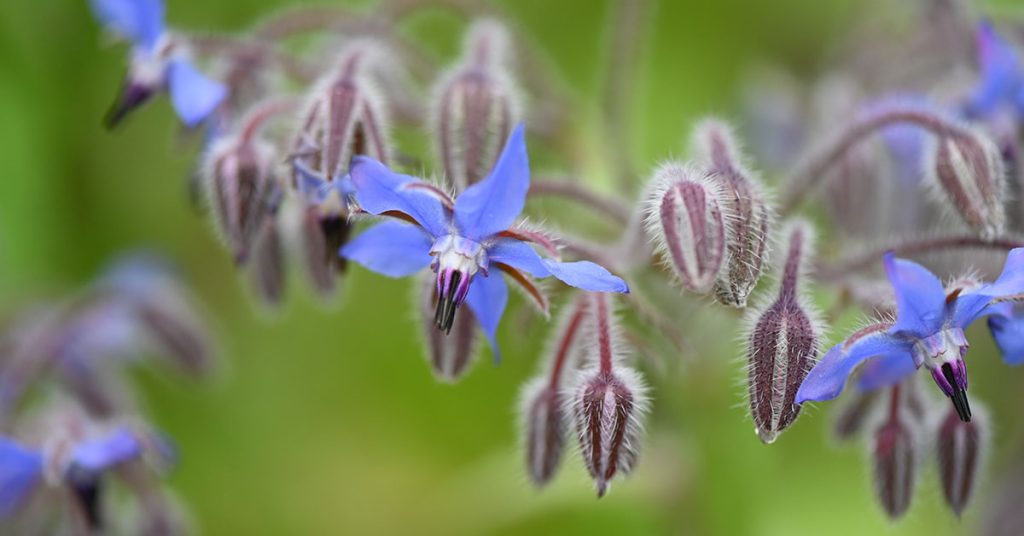
Borage is a fantastic companion plant known for its star-shaped blue flowers and its ability to attract beneficial insects. Bees and other pollinators are particularly drawn to borage, making it an excellent choice for increasing the pollination of your vegetable crops. Borage also improves soil health by adding trace minerals.
This hardy annual prefers well-drained soil and full sun to partial shade. Plant borage near tomatoes, strawberries, and squash to enhance their growth and productivity. The leaves and flowers of borage are edible and have a mild cucumber flavor, making them a delightful addition to salads and beverages. Borage is a versatile plant that supports both your garden and your kitchen!
Sunflowers

Sunflowers are not only strikingly beautiful but also beneficial companions for your vegetable garden. Their tall, sturdy stems can provide natural support for climbing plants like beans and cucumbers. Additionally, sunflowers attract pollinators and beneficial insects such as bees, butterflies, and predatory wasps.
Plant sunflowers in well-drained soil and full sun, ideally along the edges of your garden to avoid shading smaller plants. They are easy to grow and can also help improve soil health by accumulating nutrients in their deep roots. One of my favorite aspects of sunflowers is harvesting their seeds for a tasty, nutritious snack. They truly are a multi-purpose plant!
Zinnias
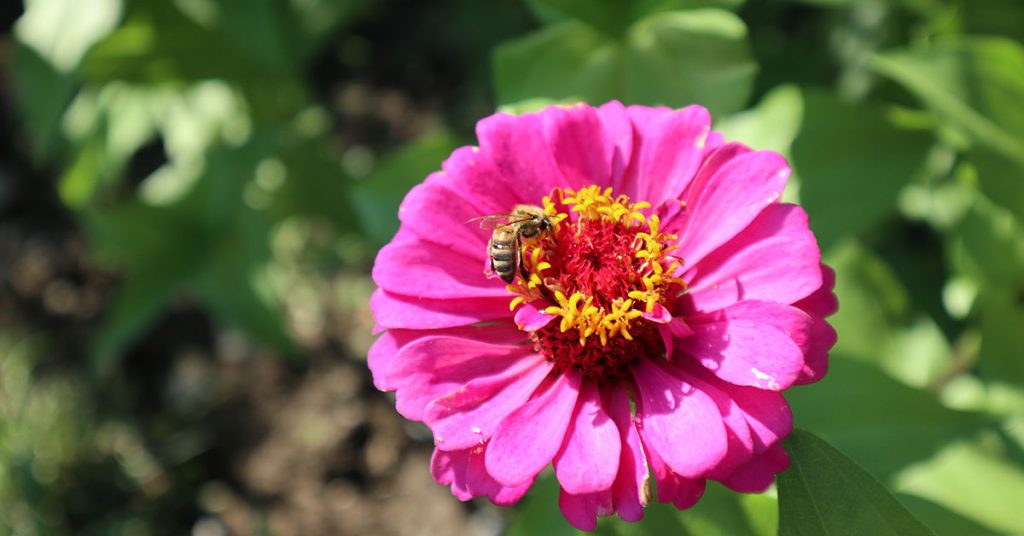
Zinnias are vibrant, long-blooming flowers that make excellent companions for vegetable gardens. They attract a variety of pollinators, including bees, butterflies, and hummingbirds, which are crucial for the pollination of many vegetable crops. Zinnias also attract beneficial insects such as ladybugs and parasitic wasps that help control pest populations.
These annuals thrive in well-drained soil and full sun, and they come in a wide range of colors and sizes. Plant zinnias in between vegetable rows or along garden borders to add a burst of color and attract helpful insects. Zinnias are easy to grow and provide continuous blooms throughout the growing season, making them a delightful and beneficial addition to any garden!
Cosmos
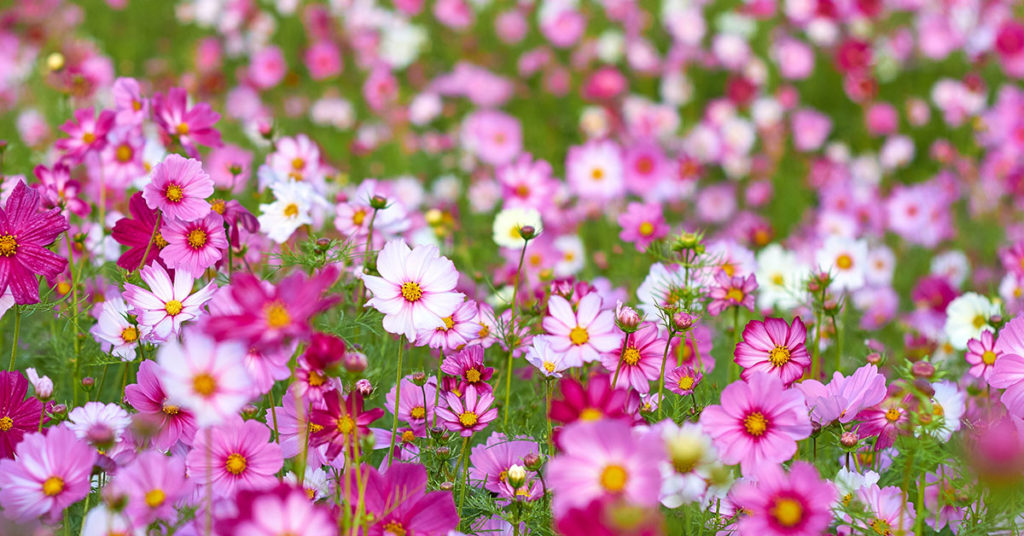
Cosmos are another favorite of mine for companion planting. Their delicate, feathery foliage and bright, daisy-like flowers attract pollinators and beneficial insects, including bees, butterflies, and predatory beetles. Cosmos are particularly good at attracting hoverflies, whose larvae feed on aphids and other pests.
These annuals prefer well-drained soil and full sun. Plant cosmos around the edges of your vegetable garden or intersperse them among your crops to enjoy their beauty and pest control benefits. Cosmos are drought-tolerant and low-maintenance, making them an easy addition to any garden. Their tall, airy blooms add a touch of elegance while supporting a healthy garden ecosystem!
Sweet Alyssum
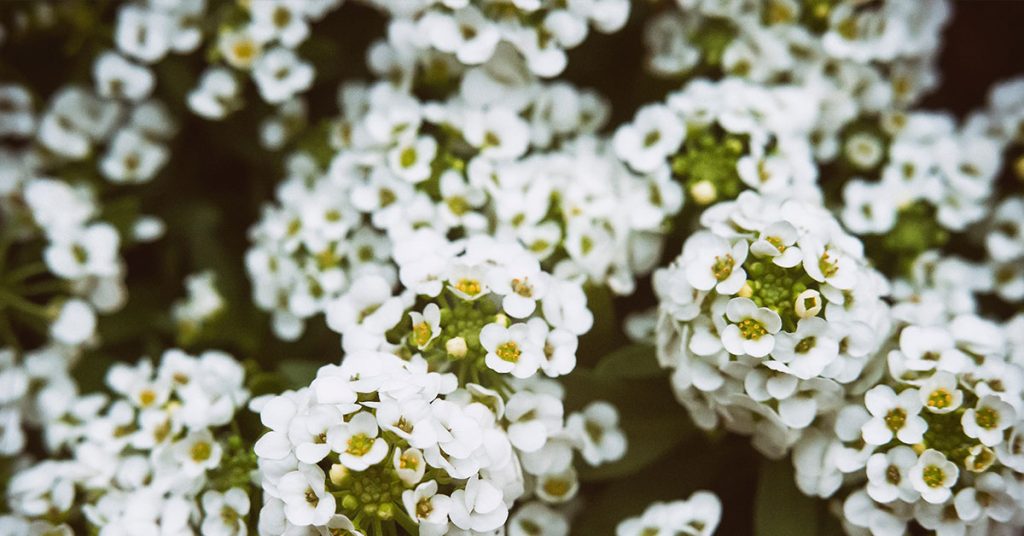
Sweet alyssum is a low-growing plant known for its clusters of tiny, fragrant flowers. It’s an excellent companion plant for vegetable gardens, attracting beneficial insects such as hoverflies, which prey on aphids and other pests. Sweet alyssum also attracts pollinators, enhancing the productivity of your vegetable crops.
Plant sweet alyssum in well-drained soil and full sun to partial shade. It works well as a ground cover or along the edges of garden beds. Sweet alyssum is easy to grow and often self-seeds, providing continuous blooms throughout the growing season. Its lovely fragrance and beneficial insect attraction make it a wonderful addition to any vegetable garden!
Yarrow
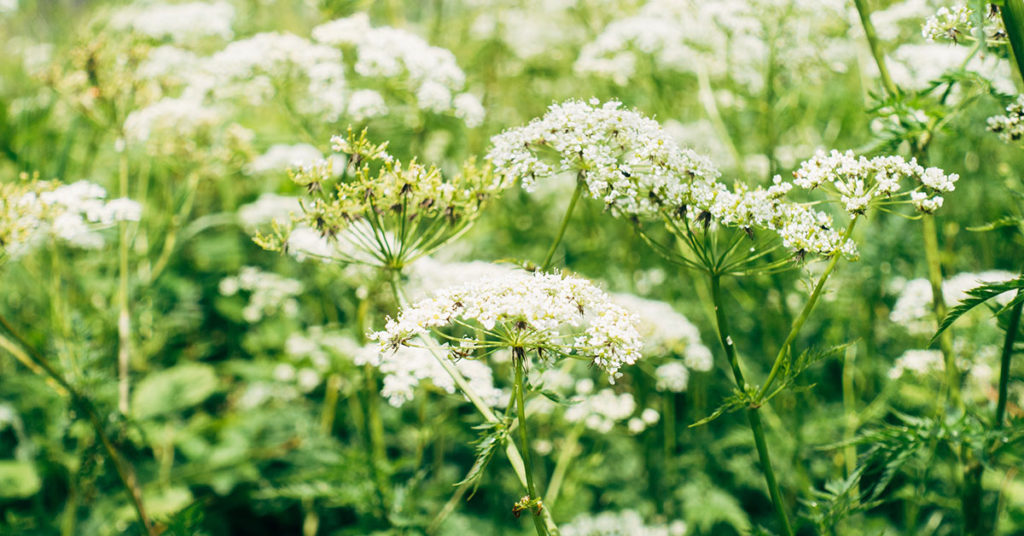
Yarrow is a hardy perennial that offers numerous benefits as a companion plant. Its clusters of tiny flowers attract a variety of beneficial insects, including ladybugs, lacewings, and parasitic wasps, which help control pest populations. Yarrow also attracts pollinators, promoting the health and productivity of your vegetable garden.
Plant yarrow in well-drained soil and full sun. It’s drought-tolerant and low-maintenance, making it an easy addition to your garden. Yarrow’s deep roots help improve soil structure and bring up nutrients from deep within the soil. One of my favorite things about yarrow is its medicinal properties – it has been used for centuries in herbal remedies. This versatile plant is a great asset to any garden!
Petunias
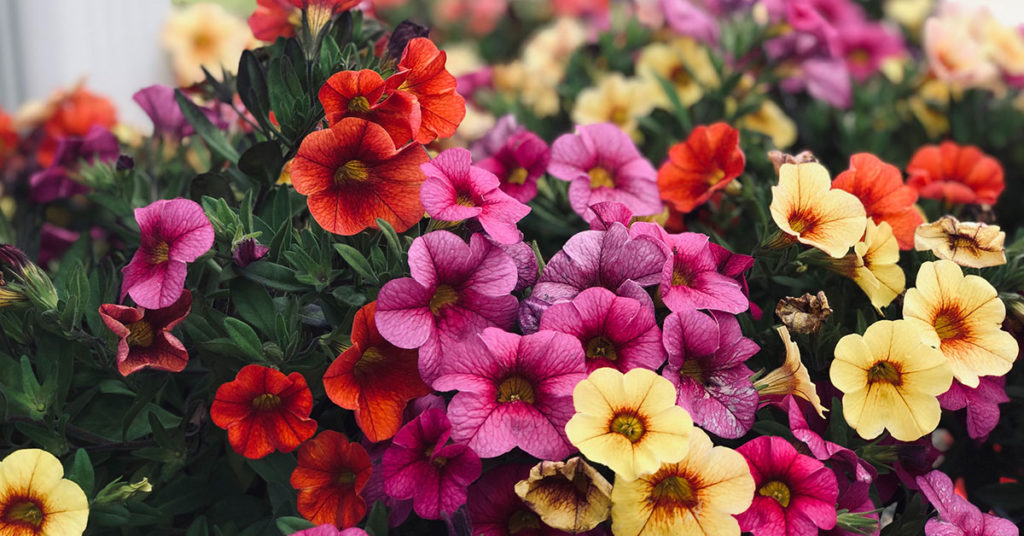
Petunias are popular annuals known for their vibrant, trumpet-shaped flowers and ease of care. They are excellent companion plants for vegetable gardens, helping to repel pests such as aphids, tomato hornworms, and asparagus beetles. Petunias also attract pollinators, which can enhance the productivity of your vegetable crops.
Plant petunias in well-drained soil and full sun. They work well in containers, hanging baskets, or as bedding plants interspersed with your vegetables. Petunias are low-maintenance and provide continuous blooms throughout the growing season. Their pest-repelling properties and bright, cheerful flowers make them a delightful addition to any garden!
Tansy

Tansy is a hardy perennial known for its fern-like foliage and clusters of yellow, button-like flowers. It’s an excellent companion plant for repelling pests such as ants, cucumber beetles, and squash bugs. Tansy also attracts beneficial insects like ladybugs and parasitic wasps, which help control other garden pests.
Plant tansy in well-drained soil and full sun to partial shade. It can be grown along garden borders or interspersed with vegetables. Be mindful, as tansy can spread aggressively, so it may need to be contained. Tansy’s pest-repelling properties and beneficial insect attraction make it a valuable addition to your vegetable garden. Plus, its bright flowers add a touch of sunshine to your garden!
Coneflowers
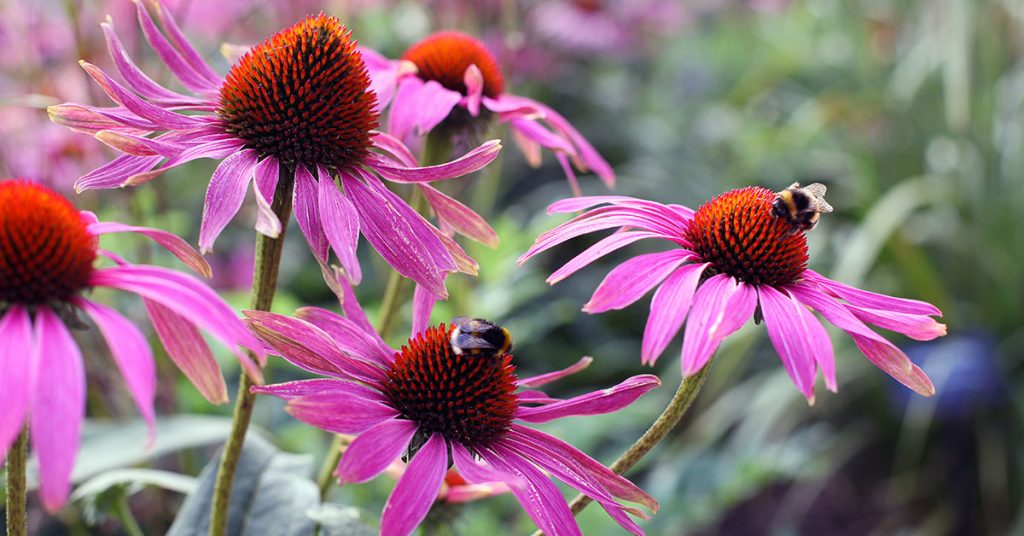
Coneflowers, also known as echinacea, are beautiful perennials with daisy-like flowers that attract a variety of pollinators, including bees, butterflies, and hummingbirds. They are excellent companions for vegetable gardens, enhancing pollination and supporting the overall health of your garden ecosystem.
Plant coneflowers in well-drained soil and full sun. They are drought-tolerant and low-maintenance, making them easy to grow. Coneflowers come in a range of colors, adding visual interest to your garden. One of my favorite things about coneflowers is their long blooming period, which provides continuous color and pollinator support throughout the growing season!
Lavender
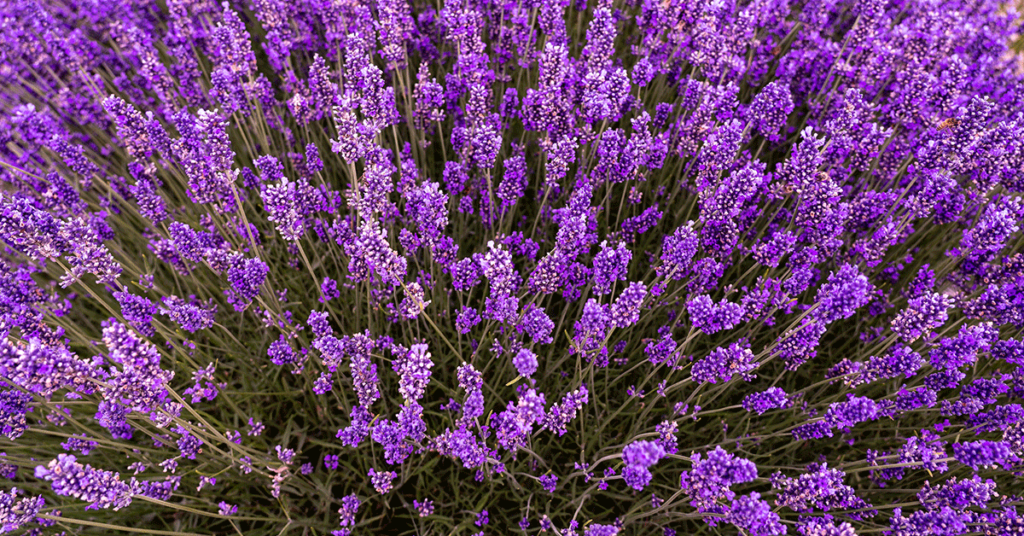
Lavender is a fragrant perennial that offers numerous benefits as a companion plant. Its aromatic flowers attract pollinators, including bees and butterflies, which are essential for the productivity of many vegetable crops. Lavender also helps repel pests such as moths, fleas, and flies.
Plant lavender in well-drained soil and full sun. It prefers dry conditions and requires minimal watering once established. Lavender can be grown along garden borders or interspersed with vegetables. Its beautiful purple flowers and delightful fragrance make it a wonderful addition to any garden. Plus, lavender has many culinary and medicinal uses, making it a versatile plant to grow.
